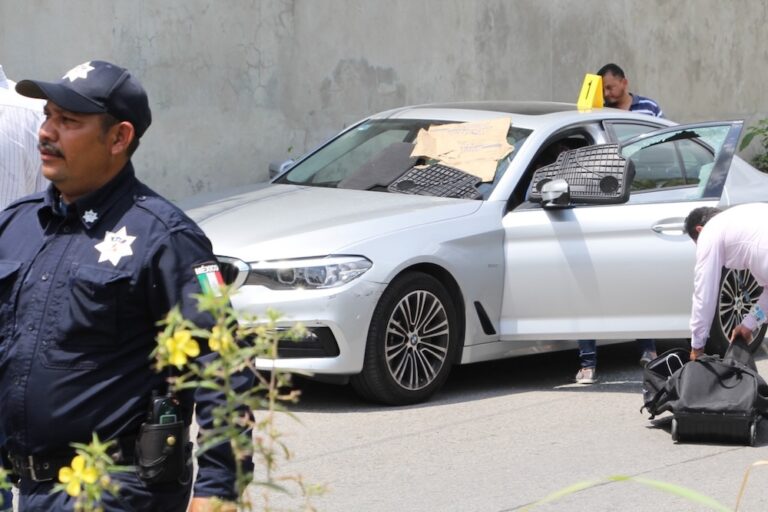Organised crime appears to have been behind the murders of TV presenter José Luis Cerda Meléndez and reporter Luis Emanuel Ruíz Carrillo.
(RSF/IFEX) – Organized crime seems to have been responsible for the murders of two journalists on 25 March 2011 in Monterrey, in the northern state of Nuevo León – José Luis Cerda Meléndez, 33, a program host on the national TV channel Televisa, and Luis Emanuel Ruíz Carrillo, 20, a reporter for “La Prensa”, a daily based in the neighbouring state of Coahuila.
Ruíz had travelled to Monterrey the previous day to interview Cerda. After a meeting at Televisa-Monterrey headquarters on 25 March, the two journalists were forced into a car outside the TV station. A cousin of Cerda who was accompanying them, Juan Roberto Gómez, was also kidnapped.
The bodies of Ruíz and Gómez were found the next day beside a freeway. The police found Cerda’s body on a Monterey street with his hands tied and a gunshot wound to the head. A written message found near the body said: “Stop cooperating with Los Zetas. Signed DCG. Greetings architect No. 1”.
TV cameras were filming Cerda’s body when gunmen suddenly appeared, removed the body without being stopped by the police, and dumped it at the spot where Cerda had issued a call the previous day for a march for peace and against violence in Nuevo León. Sources close to Televisa told Reporters Without Borders that this kind of episode was not unprecedented in cases in which organized crime was involved and wanted to control the publicity.
This extraordinary development after the triple murder highlights the degree to which the drug cartels rule in this region of Mexico, where Televisa has been the target of several armed attacks.
“Although the motive has not yet been established, these murders – coming after Noel López Olguín’s disappearance in Veracruz state at the start of the month – require the urgent implementation of the mechanisms for protecting journalists that the federal interior ministry adopted in November,” Reporters Without Borders said. “The resources deployed in the fight against impunity and to protect the media must be commensurate with the challenge.”
In a separate development, “El Sur”, a daily based in Acapulco, in the southeastern state of Guerrero, shut its doors on 26 March after receiving telephone threats which it attributed to associates of Guerrero state governor Zeferino Torreblanca. The newspaper announced that it would not resume its operations until the governor’s term of office ends on 1 April.
The National Human Rights Commission (CNDH) responded by calling for the reinforcement of the protection the newspaper has been receiving since November 2010. While supporting this call, Reporters Without Borders believes that the governor’s associates should also be thoroughly investigated.
“El Sur” recently covered a case of embezzlement allegedly involving the governor. A state with a high level of violence, Guerrero was one the regions visited by Reporters Without Borders in July 2009.
With the death toll from the offensive against drug trafficking that the federal government launched in December 2006 currently standing at about 35,000, Reporters Without Borders continues to support the “No more blood – No + sangre” campaign launched by 10 leading cartoonists who are going to produce special cartoons for the campaign throughout the year.


